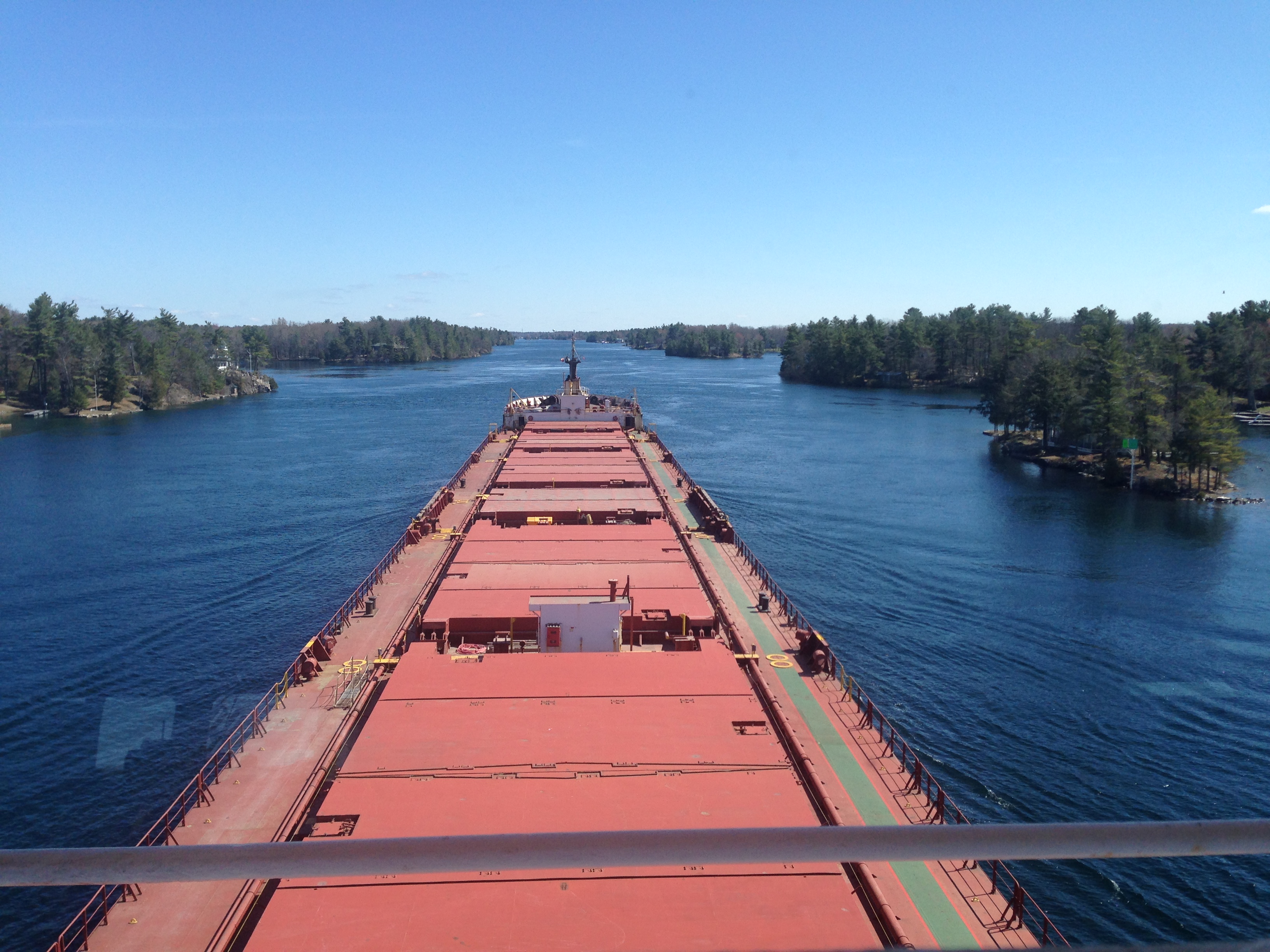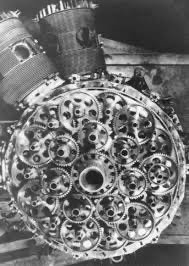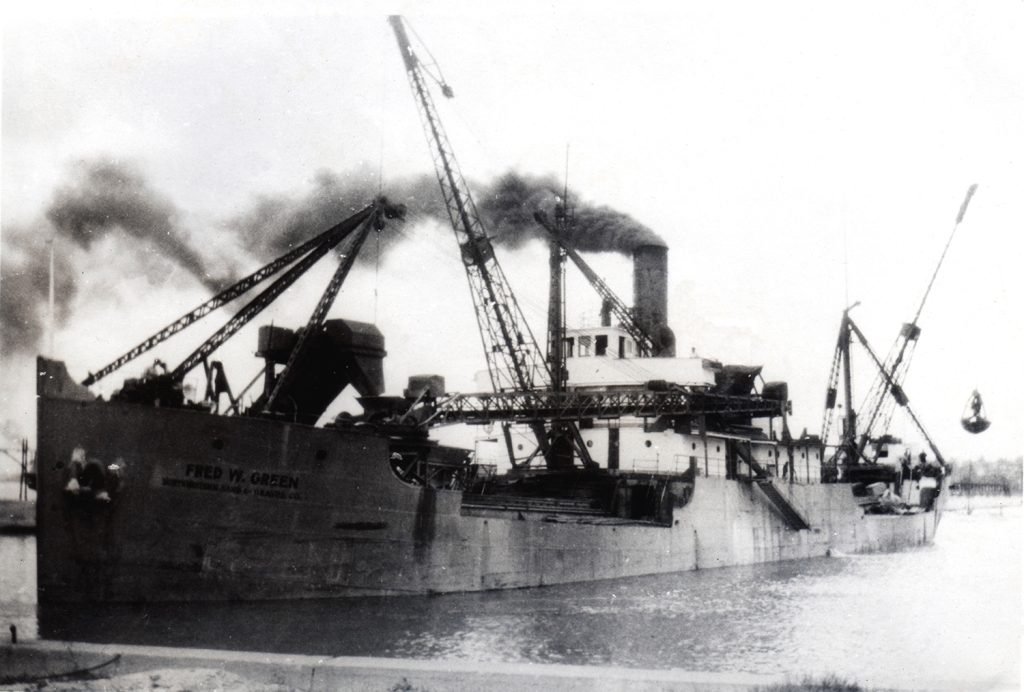-
Posts
3,262 -
Joined
-
Last visited
Content Type
Profiles
Forums
Gallery
Events
Everything posted by realworkingsailor
-
There was a little government assisted industrial espionage. From what I understand, the Air Ministry passed on quite a bit of the Napier’s technological information along to RR… The sleeve valve came about after a 1927 paper by Harry Ricardo that calculated a maximum HP limit for poppet valve engines. (Not sure if that was for single or multi valve engines, the prevalence today of DOHC multi-valve car engines might suggest only the former). The sleeve valve was a workaround that allowed greater optimal airflow, thus bypassing the theoretical HP limitation. Ultimately, as you say a turbine engine will always outperform a comparable reciprocating engine. Partly due to fluid and thermal dynamics, but also due to the energy, and therefore efficiency, loss caused by converting reciprocating motion to rotary motion. I think it’s more fair to think in terms of relative efficiency, rather than absolute, and the Sabre delivered in spades. Andy
-
Not arguing that technology leapt ahead during the war and that jet propulsion far outclassed anything that piston power could put out. My point was more towards the fact that, when you look at engine development, other engines were further ahead in development by the time war broke out. The RR Merlin was first run in 1933. They had 6 years to work out kinks and improvements before the outbreak of the war. Six uninterrupted years to commit resources and personnel to refine the manufacturing process and develop effective mass production strategies, and even develop potential successors. The Sabre first run in 1938, and at the time Napier was basically a “boutique” manufacturer. All their engines were hand built by craftsmen. They had no experience with mass production on the levels required by war demands. They also had minimal experience with other new technological elements of the Sabre engine, like the sleeve valves. And they had all of a year and a half to figure all these things out before the buzzer went off. Oh, and RR was slagging Napier at the Air Ministry, because they were legitimately afraid of what the Sabre could do. Napier didn’t finally catch a break from the government until Beaverbrook arrived in 1940. Andy
-
Napier was messing around with adding a multi stage turbo to their engine for high altitude performance, unfortunately this came at the detriment of remedying the flaws of the engine. When English Electric bought Napier, they scrapped the turbo project and concentrated on fixing the engine issues (I suspect the British government may have had something to do with the EE takeover, or, at the very least, the removal of red tape to accelerate the process). I suppose if it wasn’t for the necessities of wartime, the real untapped potential of the Sabre could have been unleashed. Andy
-
Thanks Alan! I was vaguely aware that there was something going on with a Typhoon resto, I didn’t know they were actually trying to get it not only airworthy, but with a Sabre engine too, if I catch the gist of your article correctly (repop or resto, doesn’t matter, it would be a thrill just to hear one start up after, what?, sixty something years, @egilman probably knows when the last Sabre engine flew). Andy
-
That planking looks fantastic! I trust that nary a copper tile will ever obscure any of your hard work? Also, I would be remiss if I didn’t say thanks for the “new” word to add to my vocabulary! Andy
- 648 replies
-
- Indefatigable
- Vanguard Models
-
(and 1 more)
Tagged with:
-
At this scale, probably the only thing that needs to be done is to pop the head off of a champagne cork and you’re good to go. 😉 Andy
- 2,207 replies
-
Looks pretty darn good Kev! Slow and steady and you’ll be adding the last tiles before you know it! Andy
- 443 replies
-
- Indefatigable
- Vanguard Models
-
(and 1 more)
Tagged with:
-
Everyone who I’ve seen building a model with invasion stripes (myself included) works diligently to make the stripes to exact width and straightness, with perfect colour separation etc. When the fact of the matter is, when the ground crews actually applied the stripes, there was no such attention to detail. I’ve read reports of the stripes being applied to aircraft on the day before D-Day with a mop! (Some weren’t even fully dry the day of). Your striping looks pretty great to me! Andy
-
I don’t think you’re too far off in your guess. I looked back at the photos you posted at the start of your log, and those truss masts are not there on the ship. Your recent photos look more like they were taken on a movie set. Everything looks a little too clean for a working ship, and the angles a little too perfect, (aside from the fact that it looks almost utterly impossible to launch that lifeboat). It’s probably either a lighting rig or for weather effects (rain tower). Andy
- 330 replies
-
Happy to hear you’re okay after such an eventful winter, and even happier to see you’re back at the bench! Looking forward to seeing more of your brilliant handiwork! Andy
- 2,207 replies
-
Thanks everyone for the likes and kind comments! I have not been idle over the past ten days, although build time has been interrupted on occasion. Picking up from where I left off, the final elements of the cockpit went together nicely. The resin control stick supplied from CMK had to be shortened by 3mm. I found when I first dry fit it in place, the pilot would have looked like he was riding on a Harley with a set of ape-hanger handlebars. A cool look for the highway, but not really practical for a heavy fighter plane. I didn't paint the PE control yoke, instead I decided to blacken it, as well as the tiny switch/lever that attaches to it. Not sure entirely what its function was on the prototype. Following the instructions, the fuselage halves where first glued together. The Yahu models control panel was then glued to the resin backing supplied by CMK for their own PE panel, and the rudder pedals painted and glued on (for all that anyone can see of them!). The interior section was now slotted into place and glued. The last little resin bit to be added is that large hose to the right of the pilot's seat. I'm assuming that was the line for the cockpit heater. The CMK instructions would have the builder add it earlier, before the interior was installed. A little trimming was needed, so it's best to leave this piece off until after the interior is in place. Hard to see much of anything, really, but I'm happy to know the bits are there! A quick view down into the observer's position: After the fuselage was buttoned up, the belly plate was added. I first drilled out the openings for the 20mm canons. I think it looks way better than having the shallow moulded dimples. Following the belly, it was time to assemble the wings. First up, there is a small fairing on the inboard section of the wing that needs to be removed: This is only needed for the version I am building. This does not need to be done for the thimble nose variant. After trimming and sanding smooth, the panel line was re-scribed and the wings assembled and attached. The stabilizers are then added. This is nicely made as a one piece assembly, so there was no need to muddle with the dihedral. This was then quickly followed by the tail fin and rudder: Starting to look like an airplane! I've also painted the front of the engine nacelles green. Although this area isn't particularly visible once assembled. Skipping ahead a little bit, I added the rocket "panniers" to the wing undersides. I reasoned that these parts, at least, would have been swabbed with the invasion stripes when they were added. Finally, I have begun work on the engines and cowlings. If there is one shortcoming of the Airfix kit, it is here. Although I didn't have any trouble figuring out which cowling piece went where, there is a small gap that must be accounted for as the cowling pieces are cumulatively just a hair too small. The best trick is to assemble them so as to have the gap line up under the area that will be covered by the exhaust pipe when it gets added later. Finally, I was not really keen on the appearance of what I'm assuming is the landing lights (or spotting lights, maybe) in the port wing. For such a large, eventually glazed opening in the wing, the inside was rather devoid of any detail I remedied that by using some bits of clear sprue nubbies. I painted the back side white and the sides silver in order to simulate some kind of actual light fixture. At least now there's some detail in there rather than some bizarre, purposeless bite out of the wing. That about brings everything up to date. Hopefully by the next update, I should be starting to get some paint happening. Thanks again to everyone who's following along, or just dropping in for a visit! Andy
-
Coincidentally, in todays Great Lakes history page on Boatnerd there’s a picture of the Fred W Green, another ship of the same family, with an interesting mast arrangement: (A brief history of the ship can be found in the link above) Andy
- 330 replies
-
Thanks everyone! Time for a small update. Some paint has happened, sporadically, over the last few days. Enough that I can at least show some progress has been made. I began by painting the inside with interior green. After that dried I picked out the flight instruments and controls on the side consoles, as well as the heel plates in black. These were then dry-brushed with Floquil "Old Silver" to highlight edges and other worn surfaces. Finally the tiny control levers were picked out in red and green. I based this on cockpit photos I found online of the preserved Beaufighter in the US Airforce Museum, as well as photos of a preserved Aussie Mk 21. The pilot and observer's seats were then added, but not before adding some PE seatbelts. I scavenged the not-quite-100%-correct observer's seatbelt from some more leftovers from my Wellington build (I got lucky, Eduard accidentally slipped in an extra detail set in the package I ordered), I'm not too hung up on it, free PE is free PE. Now for some photos! First up, the fuselage interior: The observer's seat: Finally, the cockpit area and pilot's seat: All that remains is to build, paint and install the control stick and assemble the instrument panel and rudder pedals and I can begin some of the major assembly. Andy
About us
Modelshipworld - Advancing Ship Modeling through Research
SSL Secured
Your security is important for us so this Website is SSL-Secured
NRG Mailing Address
Nautical Research Guild
237 South Lincoln Street
Westmont IL, 60559-1917
Model Ship World ® and the MSW logo are Registered Trademarks, and belong to the Nautical Research Guild (United States Patent and Trademark Office: No. 6,929,264 & No. 6,929,274, registered Dec. 20, 2022)
Helpful Links
About the NRG
If you enjoy building ship models that are historically accurate as well as beautiful, then The Nautical Research Guild (NRG) is just right for you.
The Guild is a non-profit educational organization whose mission is to “Advance Ship Modeling Through Research”. We provide support to our members in their efforts to raise the quality of their model ships.
The Nautical Research Guild has published our world-renowned quarterly magazine, The Nautical Research Journal, since 1955. The pages of the Journal are full of articles by accomplished ship modelers who show you how they create those exquisite details on their models, and by maritime historians who show you the correct details to build. The Journal is available in both print and digital editions. Go to the NRG web site (www.thenrg.org) to download a complimentary digital copy of the Journal. The NRG also publishes plan sets, books and compilations of back issues of the Journal and the former Ships in Scale and Model Ship Builder magazines.








